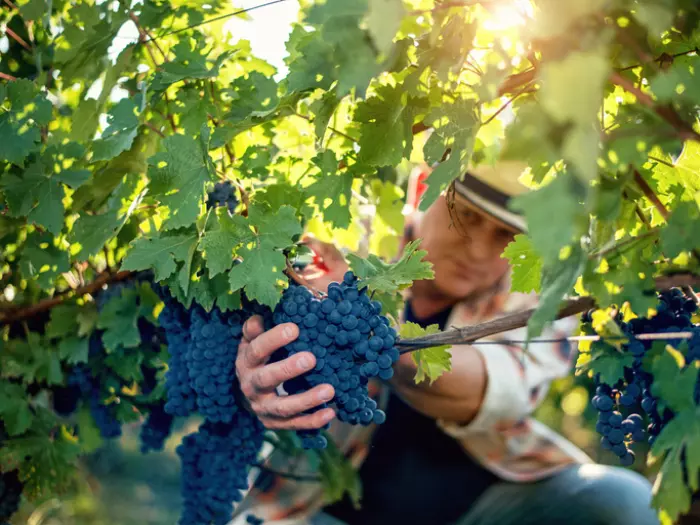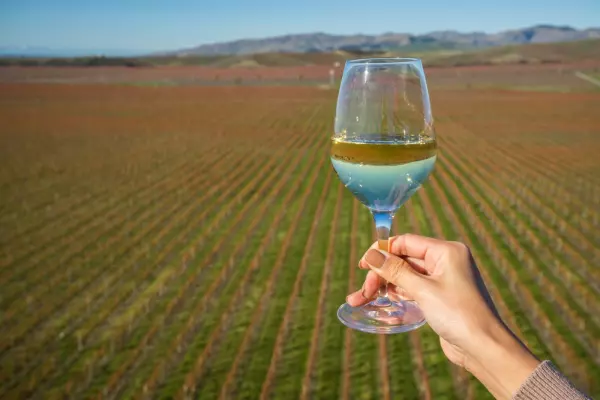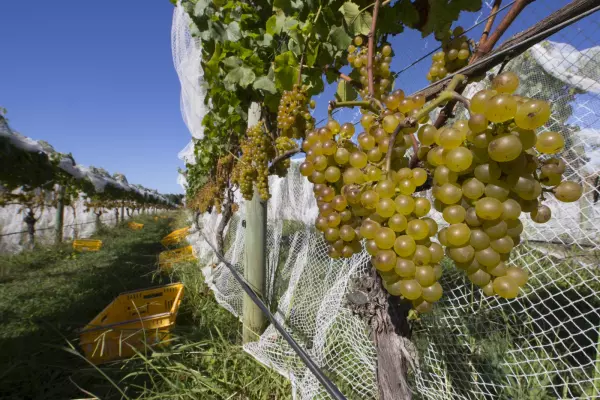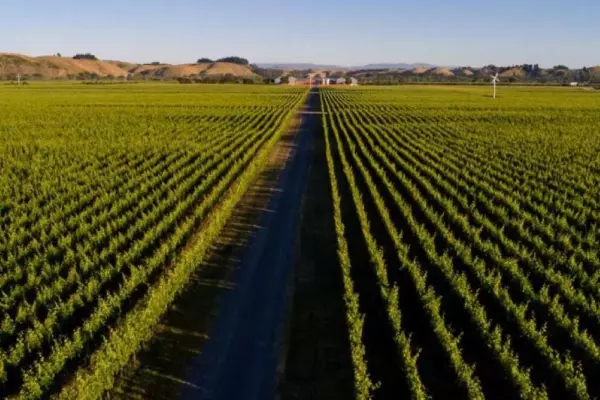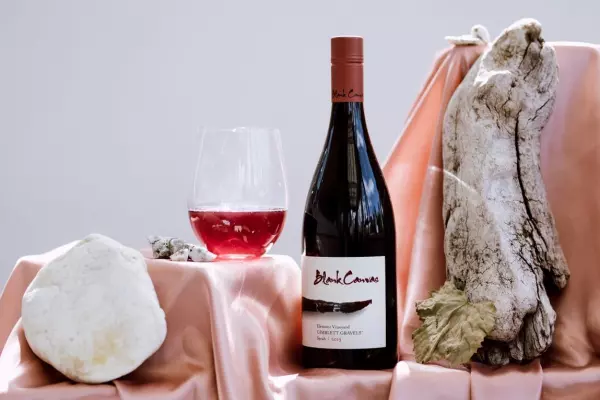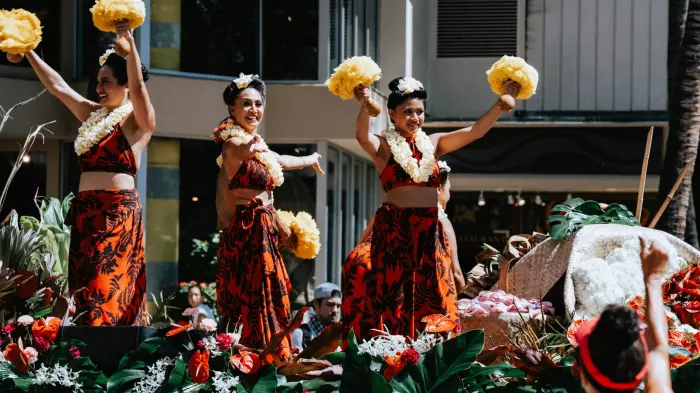According to the 2018 Deloitte Wine Industry Benchmarking and Insights survey report, wineries with a turnover of up to $1.5 million made a profit before tax of 7 percent. But their operations were profitable in only two of the previous six years. This demonstrates that new winemaking ventures should be prepared to fund a trading shortfall if they have a vineyard area of below, say, five hectares, although they will still have to find a home for around 50,000 bottles every year.
Bigger is better, judging by the Deloitte survey. Although wine producers with a turnover of between $1.5 million and $5 million recorded a profit of only 1.7 percent, those with sales of $5 million to $10 million made a profit of 16.4 percent and the large producers with sales of $20 million and more made 18.7 percent profit before tax.
This brings me to micro-boutique wine producer Don Batley. My definition of a micro-boutique winery is one where the owner could drink his entire production unaided if he had a mind to, as opposed to a boutique winery, where the owner would need the help of a few friends to get through it all.
Batley sold his share in the family printing and packaging business and retired at the tender age of 35 to his 22ha lifestyle block at Muriwai Beach in West Auckland. He first got bitten by the wine bug when an uncle made a batch that he bottled in half-gallon jars. The wine continued fermenting and most of the jars exploded, but the ones that didn’t contained a very pleasant sparkling wine.
 Don Batley
Don Batley
In 2009, Batley planted his first vines at Muriwai. He wanted to produce organically grown grapes and to make wine without using any additives. He credits the tough soil and salt-laden winds for producing intense, full-flavoured fruit. Colour-coded tags are attached to the ripest bunches on his 800 vines, then selectively harvested for optimal ripeness. Bunches or berries that do not come up to standard are removed.
“This is particularly important as we need them to be pristine and unbroken and free of mould or rot to enable us to produce the wine without the use of sulphites,” Batley says.
“The selected grapes are then gently crushed and fermented by wild yeast. The ferment takes longer than usual (occasionally up to five weeks) as we are continuously removing skins that have provided their colour, tannins and flavour, and adding new ‘batches’ of grapes that have reached their optimum ripeness.”
Batley first planted the French hybrid grape variety chambourcin, which was bred for its tolerance to humid conditions. Chambourcin is popular in Northland, a location that provides some protection from moist tropical cyclones during the ripening season.
Chambourcin was followed by saperavi – described in the book Wine Grapes as “a quintessential Georgian variety producing deeply coloured, firm, initially tart but age-worthy reds”. Next came Saint-Laurent – “a Middle European variety of uncertain origin producing velvety reds” – syrah, and the white varieties albariño and petit manseng.
The recent plantings have pushed Batley’s wine production to a point that he is now making more wine than he can drink. “This means a small number of people will be able to purchase some of our wine at a fraction of what it costs us to produce,” he says, with a note of optimism in his voice.
His 2019 Kawa Grove Wines Chambourcin, $75, is a deep, almost inky colour. It’s a ripe, lush and rather porty wine with stewed damson plum, beetroot, liquorice, and subtle spice flavours. Impressively weighty, its underlying acidity stops it from being at all cloying, and its sugar-coated tannins make it very approachable now. The 2019 Kawa Grove Wines Saperavi Chambourcin, $75, is a heroic, generously proportioned red with black-fleshed plum, wood smoke, liquorice, rhubarb, and dried herb flavours. Fine, sweet tannins and a thread of tangy acidity provide a welcome backbone.
If you think that is a little on the pricey side, Batley claims they could have cost as much as $300 a bottle to make, thanks to the labour-intensive methods used in the vineyard and the winery.
He sells only five or six dozen bottles each year. “Ideally I’d like 10 people to each take one dozen bottles annually.”
How do the wines age? “They hold up pretty well. I last tasted the 2016 vintage about six months ago – it was just past its peak.”
Kawa Grove Wines is quite possibly this country’s smallest producer. Batley is a hobbyist winemaker who works hard and clearly gains a lot of pleasure from producing unique, small-scale wines. “The work on the vines can be repetitive at times, but knowing we are not being exposed to toxic chemical sprays, and are being accompanied by the hum of bees, by birdsong and by the croaking of frogs in the pond, makes it a pleasure, not a chore.”
Don can be contacted at [email protected]
Bob’s Top Picks
Investment Wine
2018 Bilancia La Collina Syrah, Hawke's Bay, $125
Made in tiny amounts from grapes grown in a rare piece of Hillside vineyards in the Gimblett Gravels sub-region of Hawke’s Bay. Built for the long haul, it will get better and better over the next couple of decades. Serious wine for collectors and investors.
Weekend Wines
Top White

2020 Giesen Uncharted Sauvignon Blanc, Marlborough, $19.99
From two blocks in the Awatere Valley, with typical sub-regional flavours of lemongrass, green capsicum, oyster shell, lime zest and pineapple supported by lovely juicy acidity. Impressive purity and an ethereal texture.
Top Red

2019 Rockburn Pinot Noir, Central Otago, $49.99
Lifted, quite floral aroma with violet, cherry, wild thyme, anise and a hint of fresh herbs on the palate. Bright, vibrant wine in a classical Rockburn fruit-forward style. Good now but should benefit from bottle age.
Read more from Bob @therealreview.com


